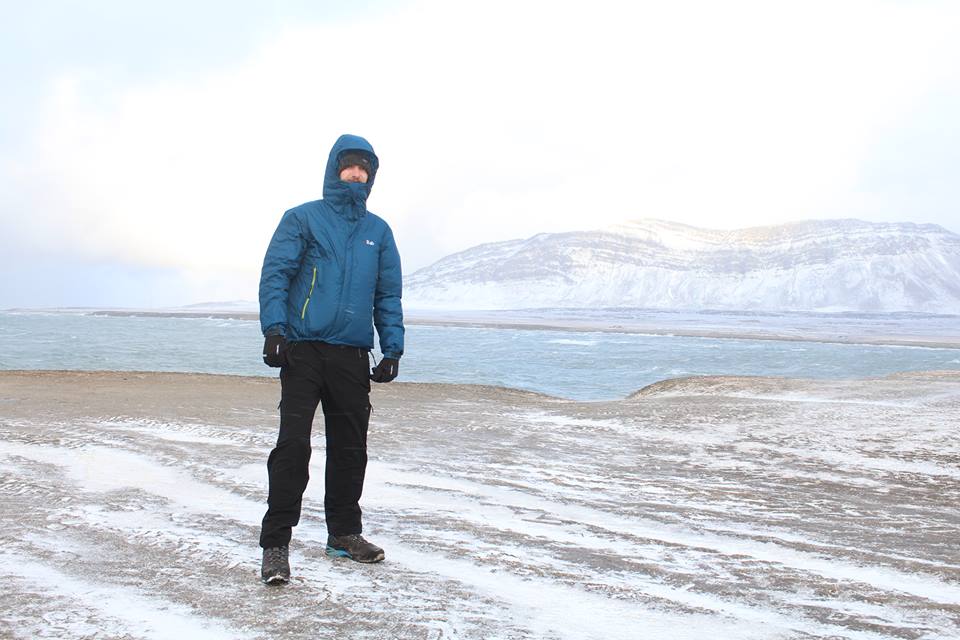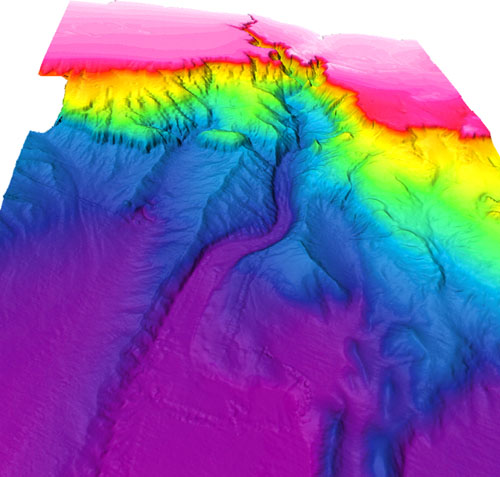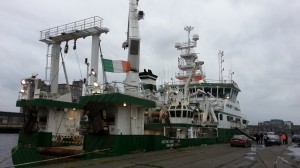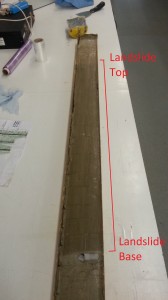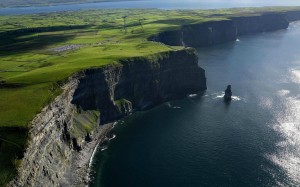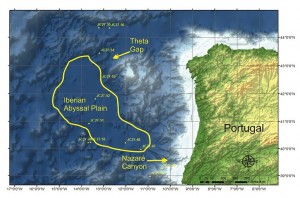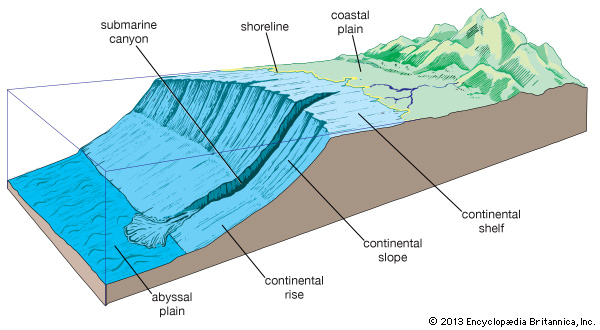
Grand Canyons
Terrestrial canyons like the Grand Canyon, USA are spectacular geomorphic features carved out over millions of years by river erosion. They can extend for many hundreds of kilometres, have a width of up to 29 Km, and be as deep as 6 Km. However, the submerged margins of continental landmasses are also host to huge canyons systems; the scale of which can rival canyons on land. These submarine canyons extend from the shallow shelf down the deep oceans, and are host to a wide diversity of life.
Continue reading →


